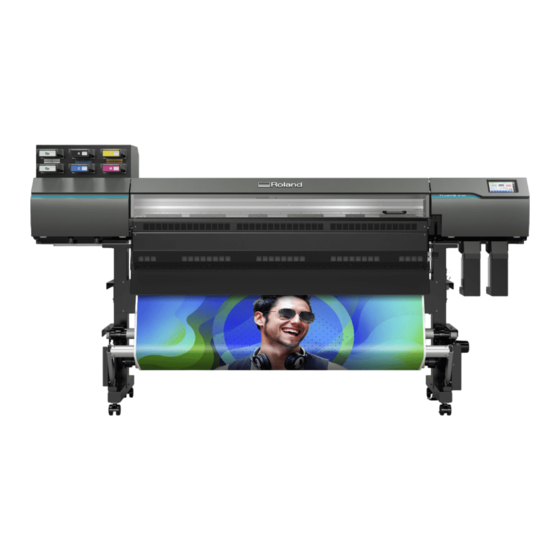
User Manuals: Roland TrueVIS AP-640 Format Printer
Manuals and User Guides for Roland TrueVIS AP-640 Format Printer. We have 2 Roland TrueVIS AP-640 Format Printer manuals available for free PDF download: User Manual, Setup Manual
Advertisement

